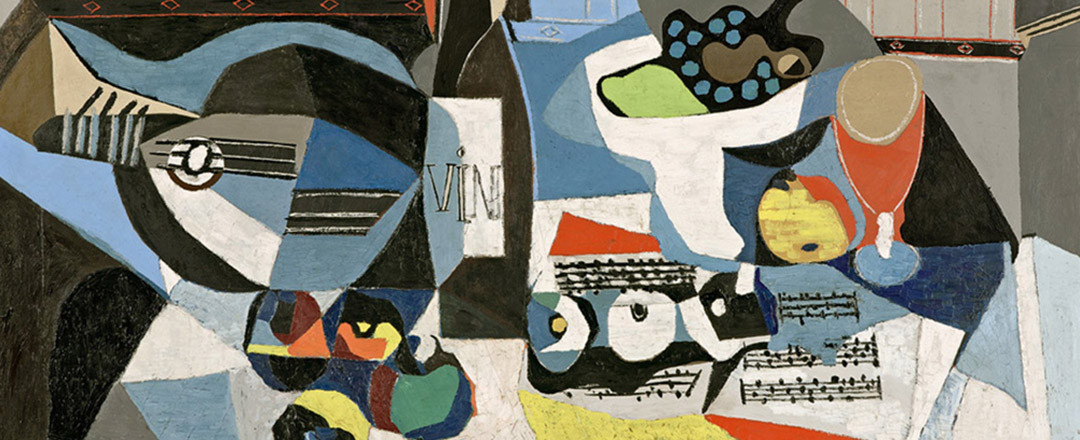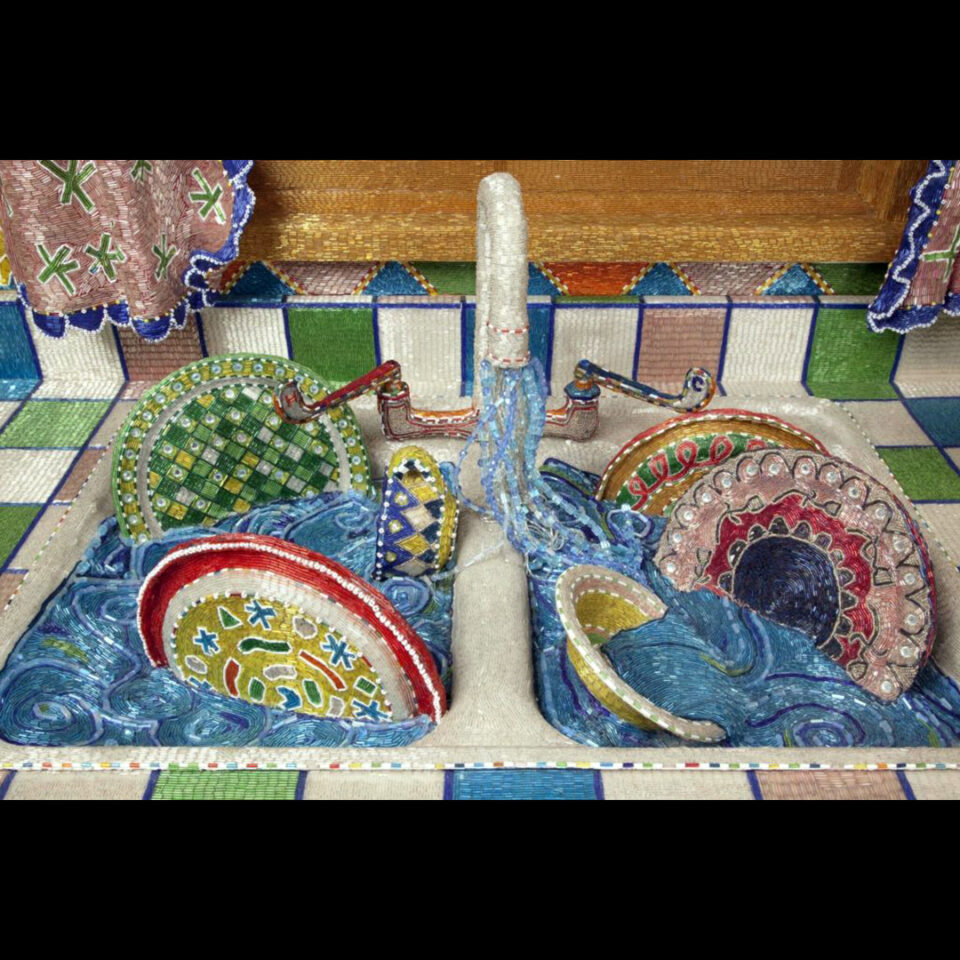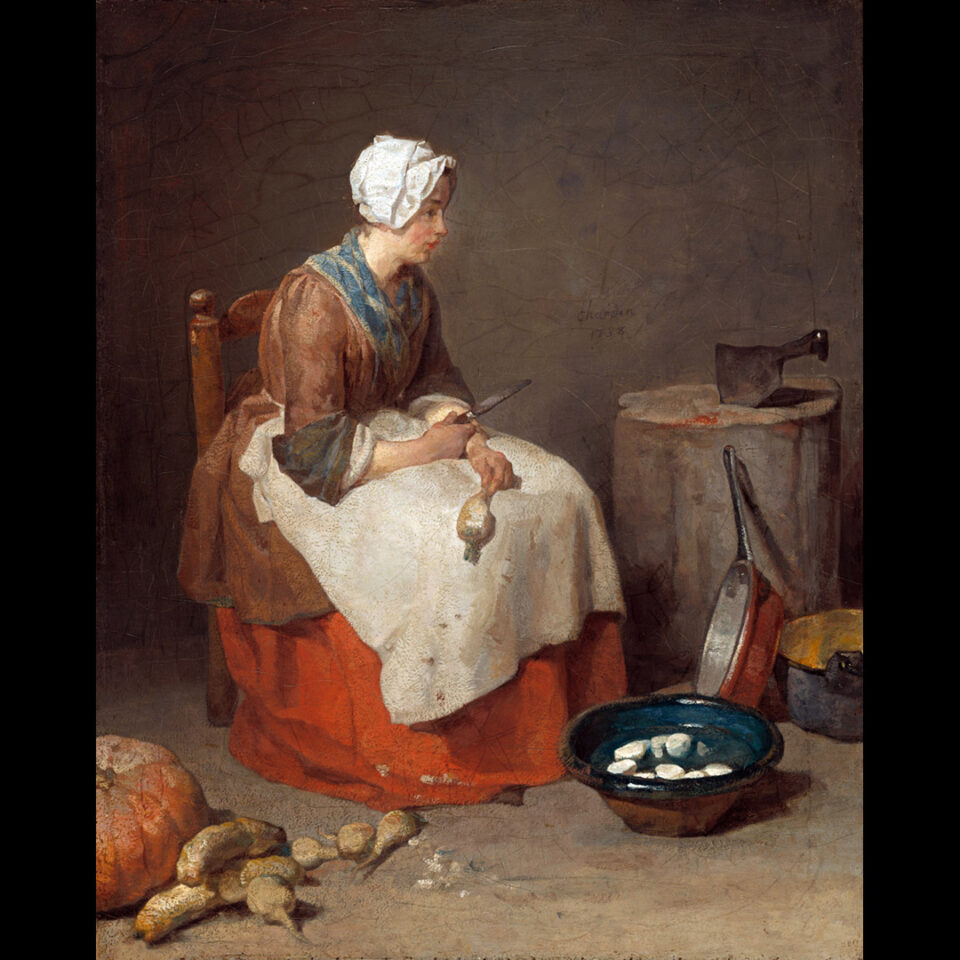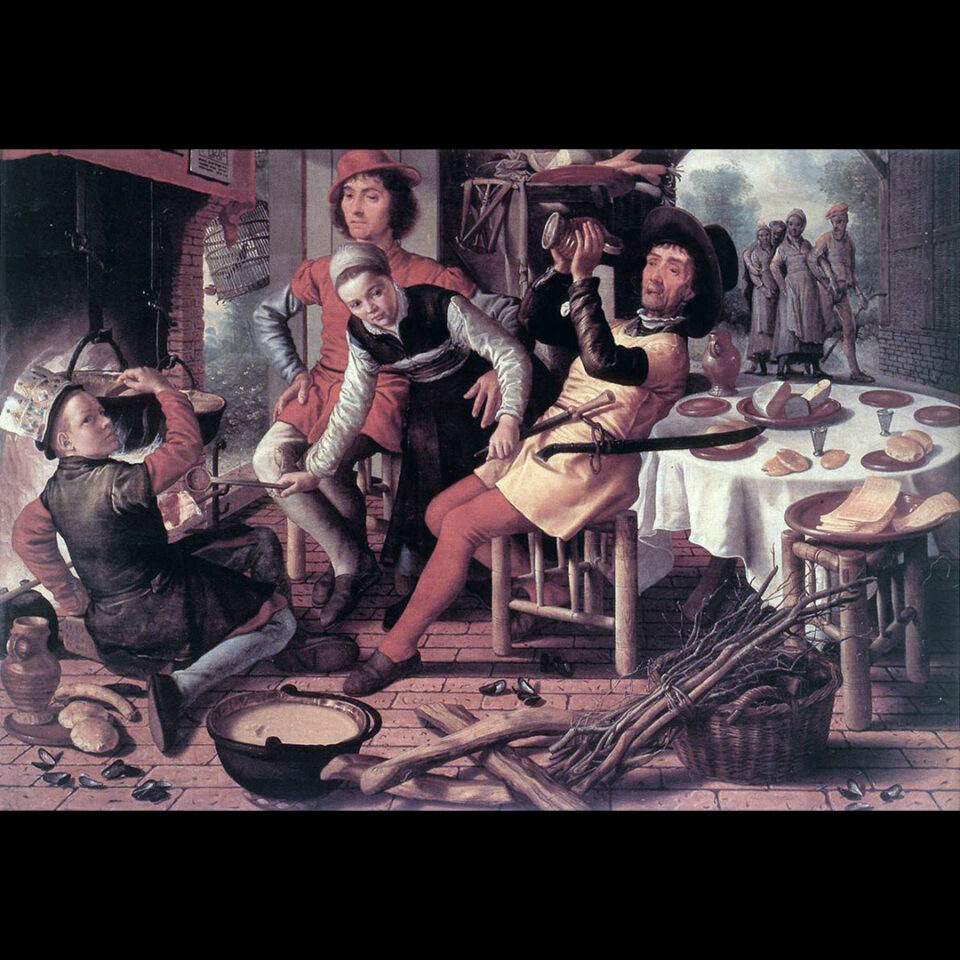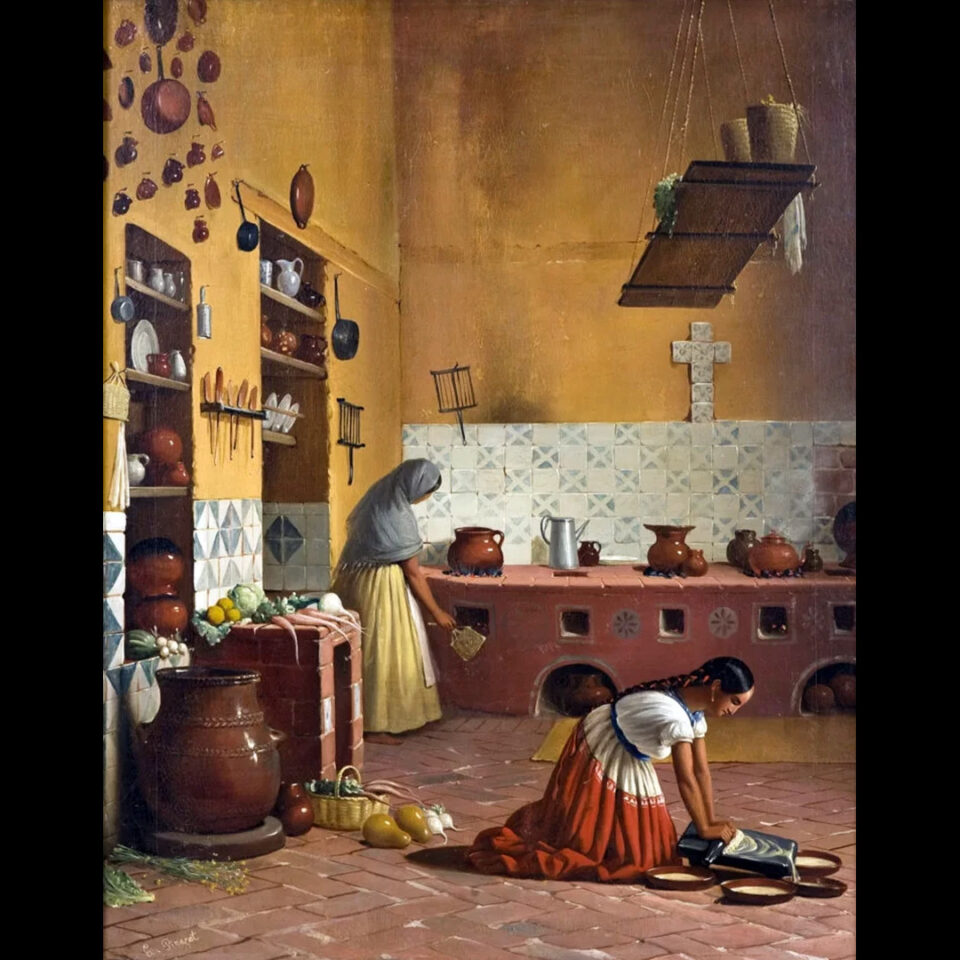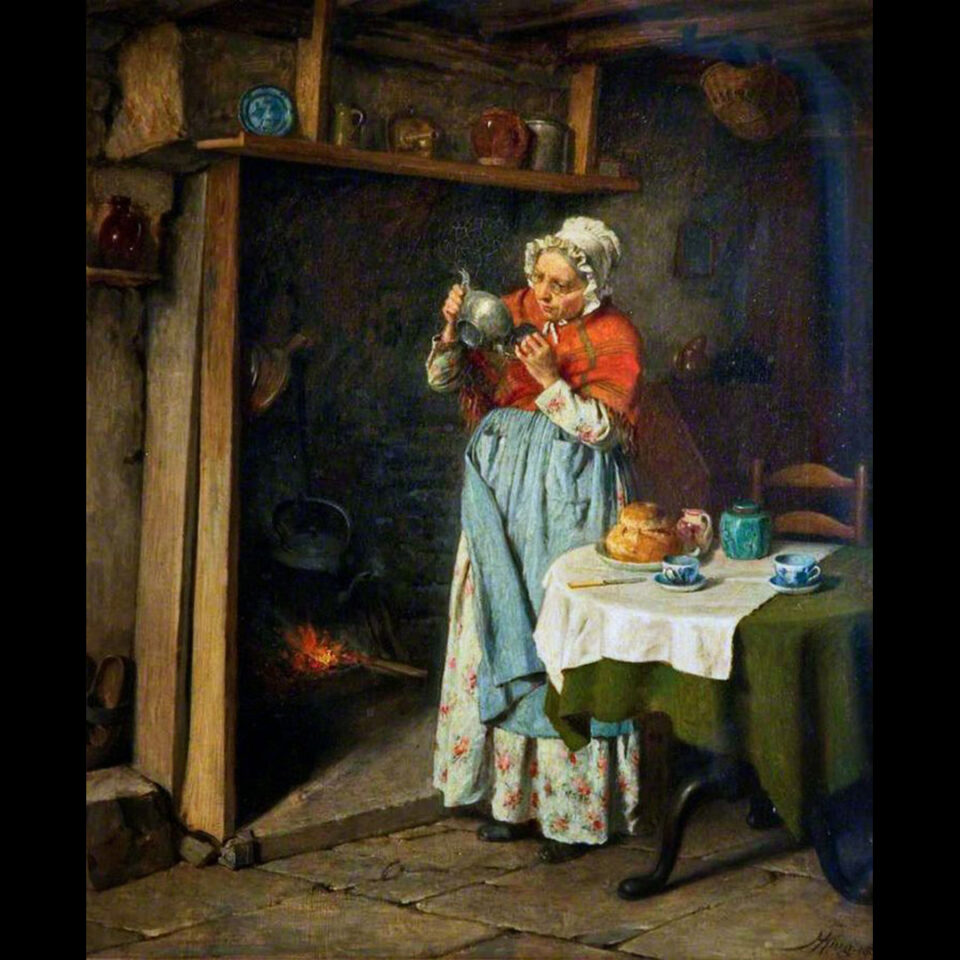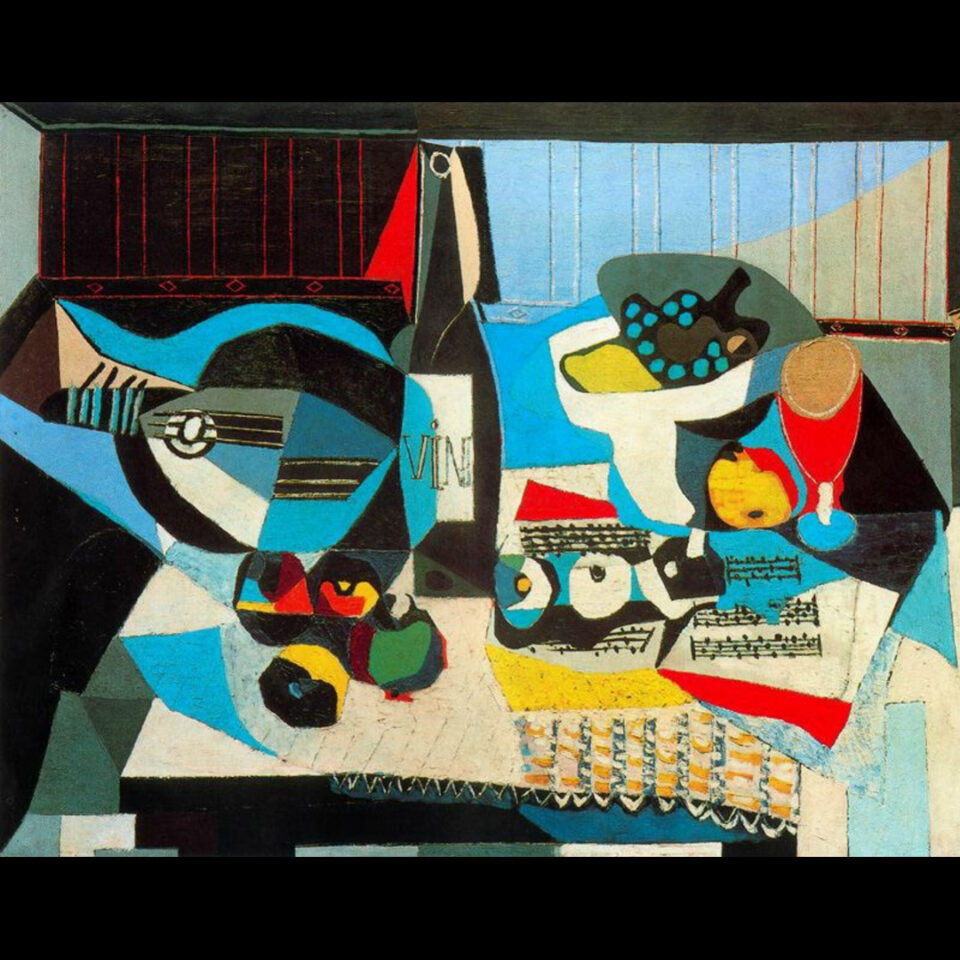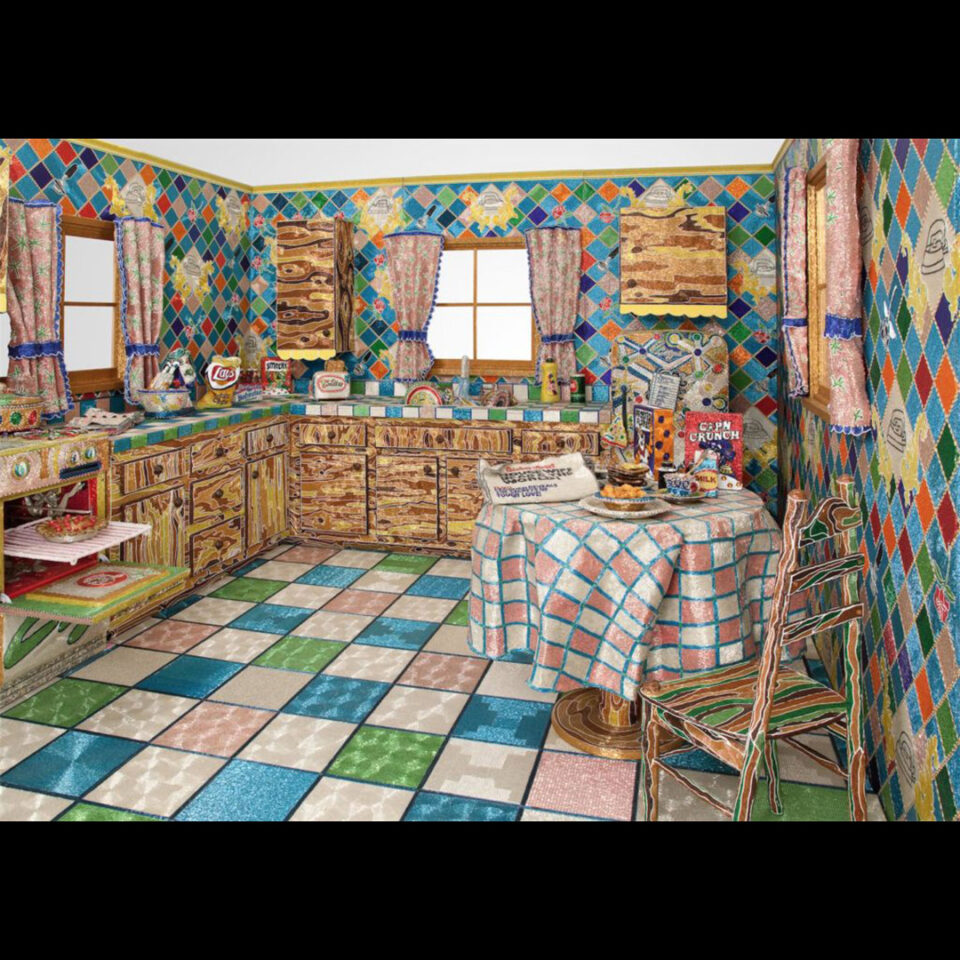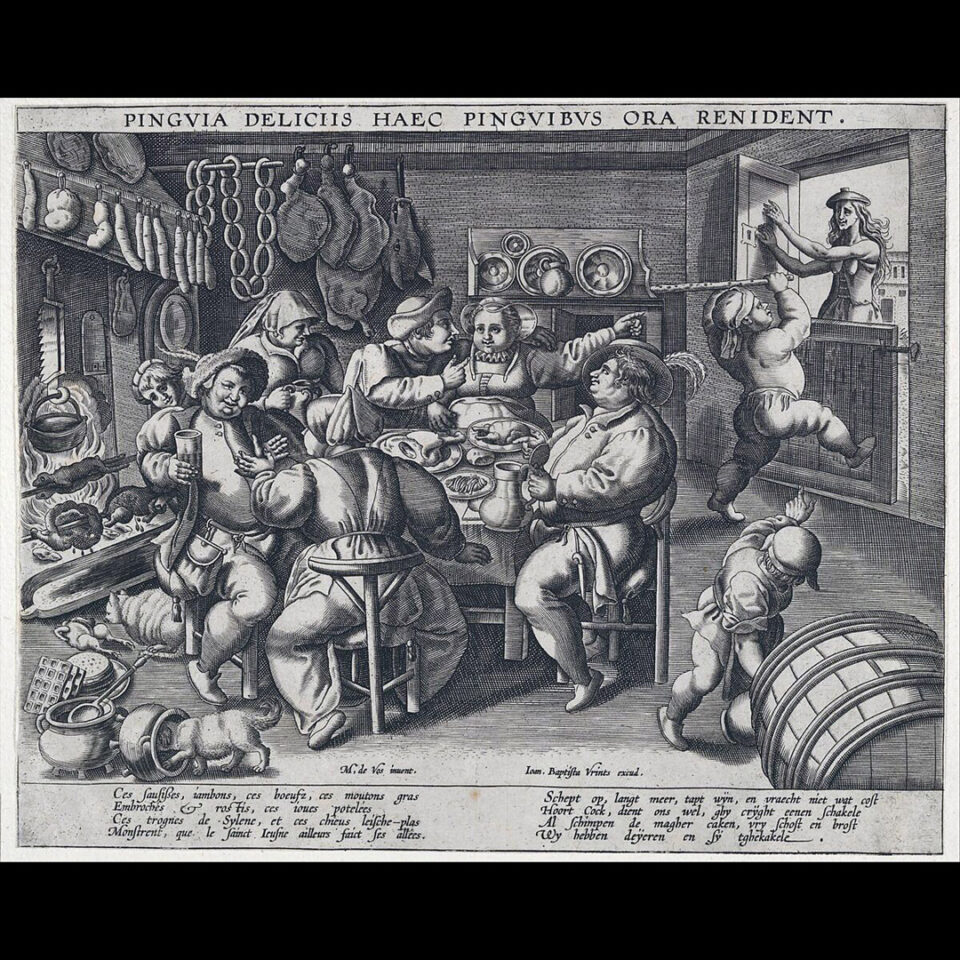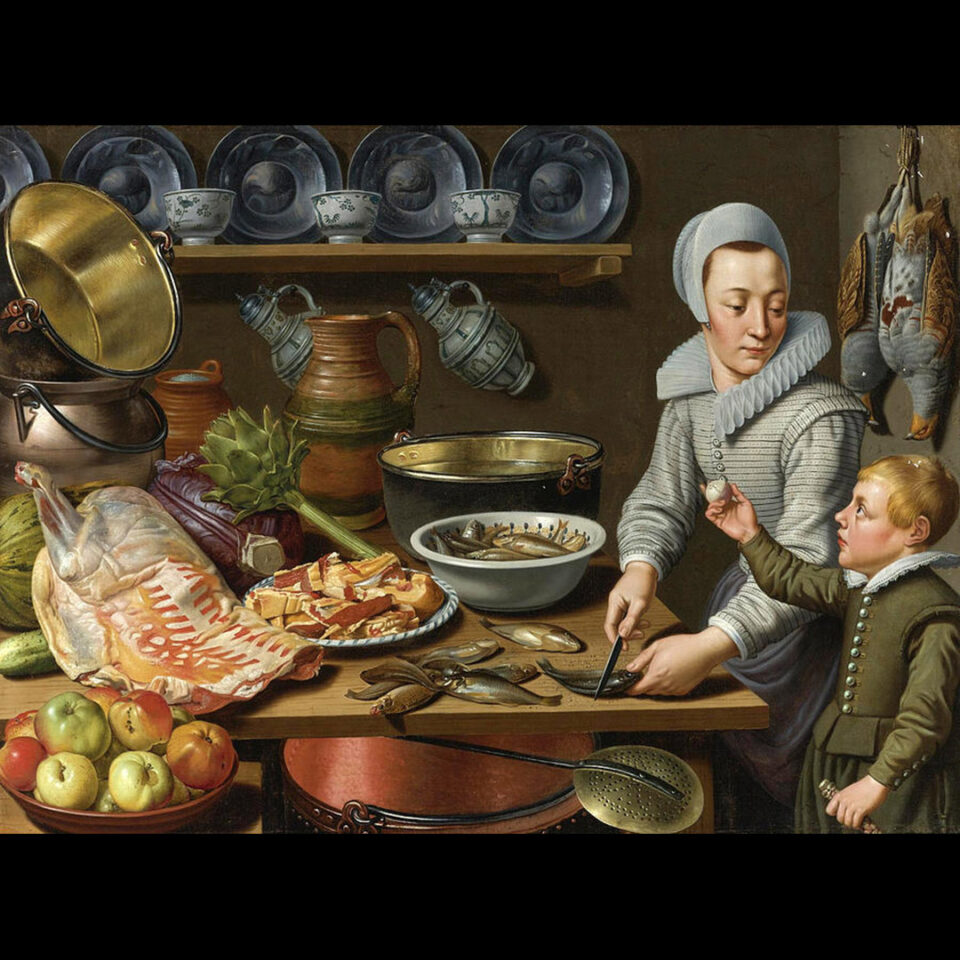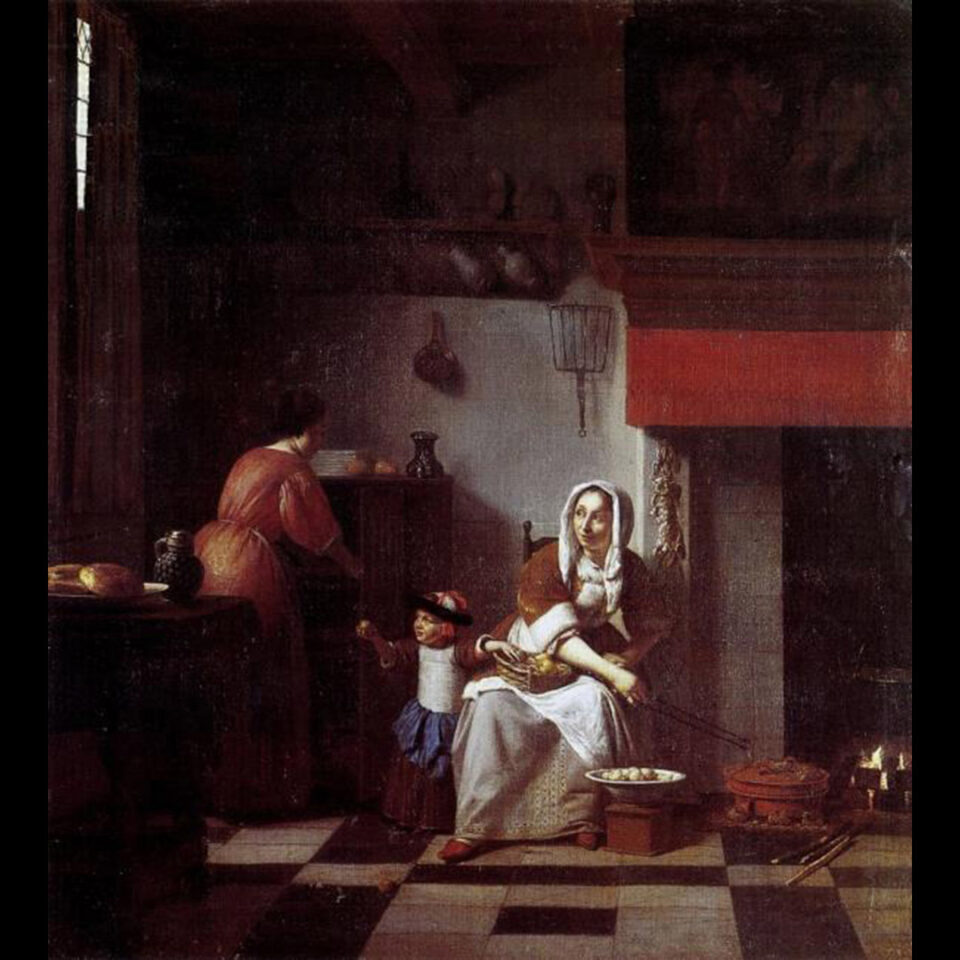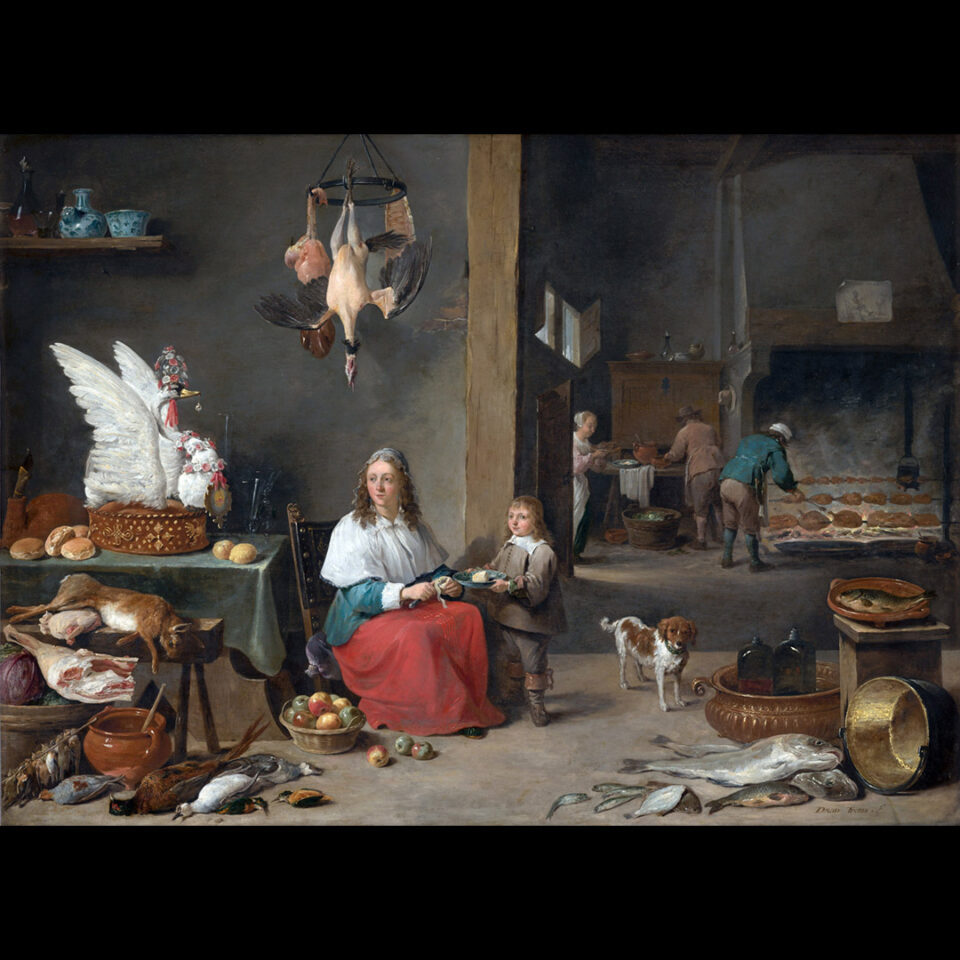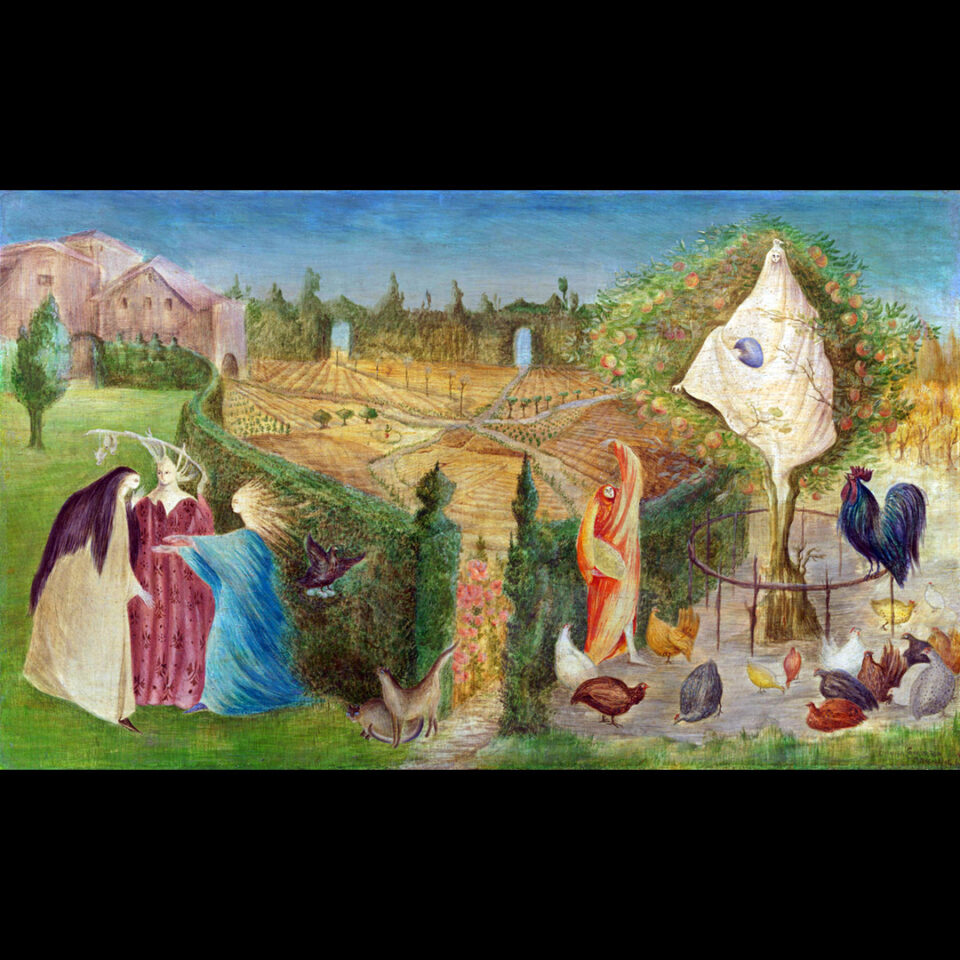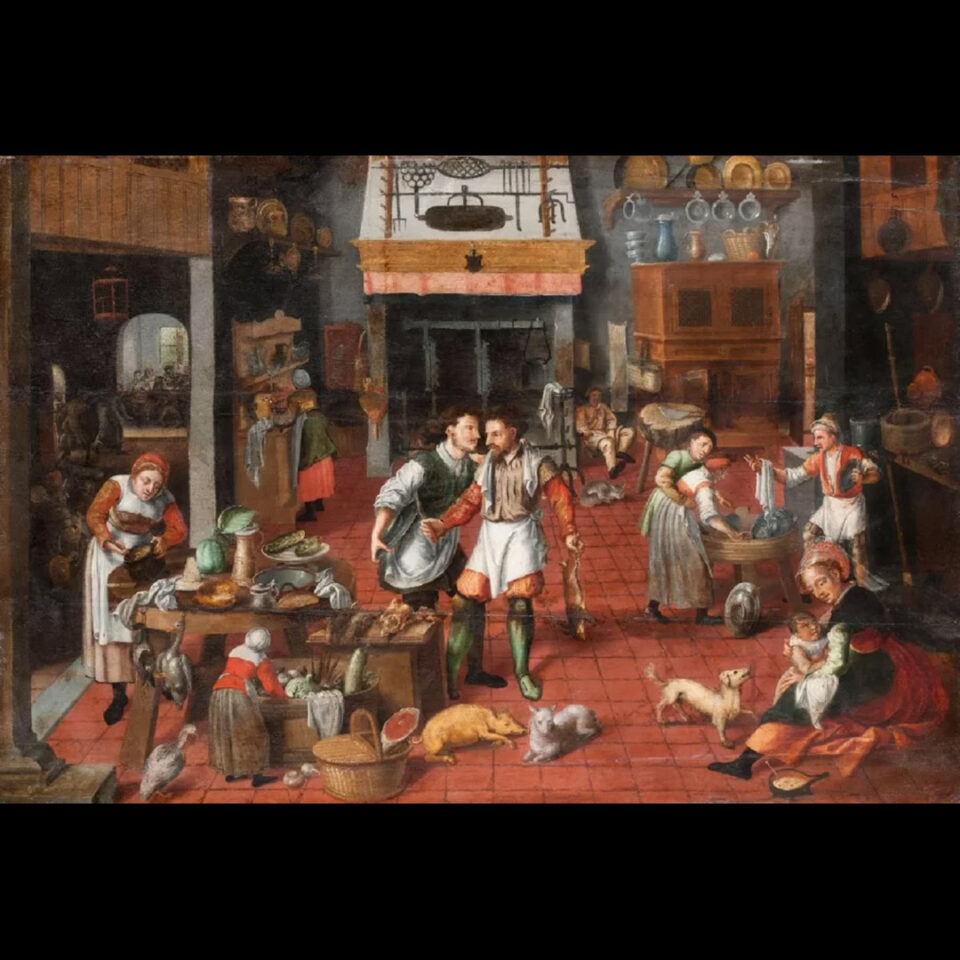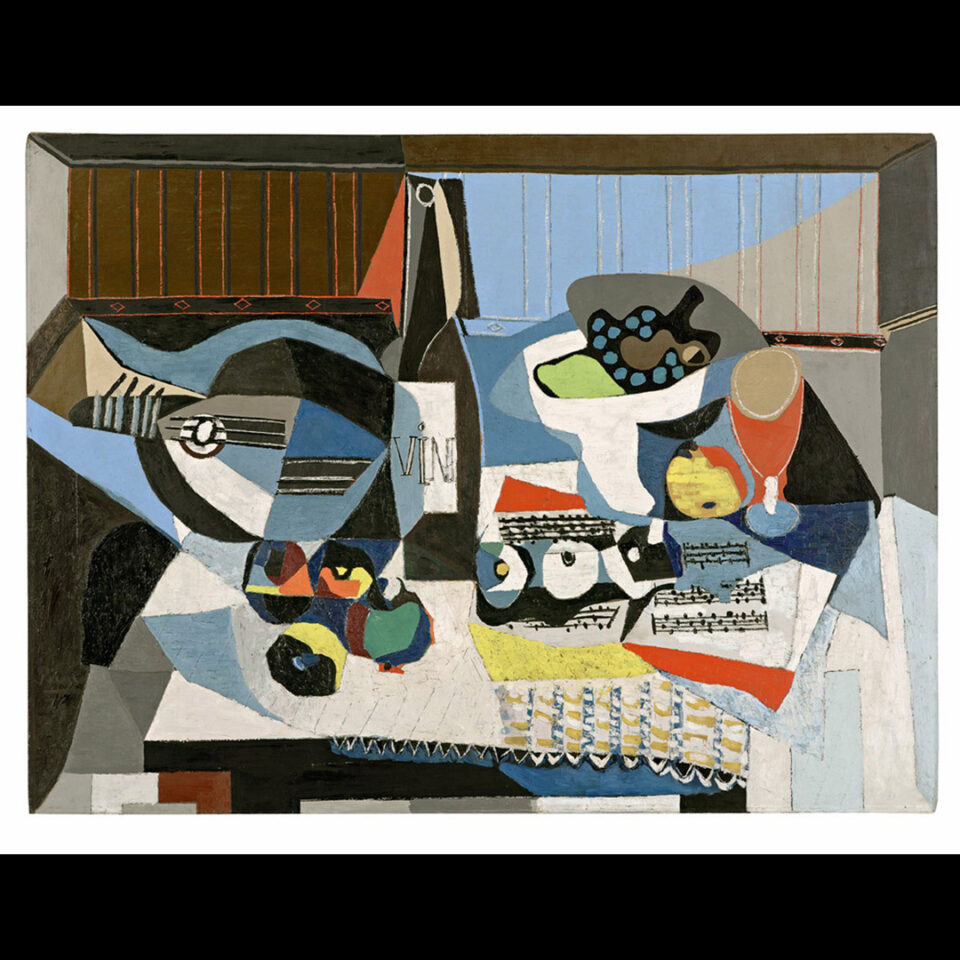“Kitchens are hard environments, and they form incredibly strong characters.”
Gordon Ramsay
 Daily Art: “Cook Like an Artist! Kitchen Inspiration from Art History” [*]
Daily Art: “Cook Like an Artist! Kitchen Inspiration from Art History” [*]
“For hundreds of years, kitchens in art were the undesirable work place of unsavory maids, tucked away below the luxurious living spaces of the upper class. During the mid-16th century, Northern Renaissance artists, such as Pieter Aertsen, began to change that. Aertsen and his contemporaries brought these minor people and places to the forefront of their work. While it took a few centuries for this type of genre painting to gain traction, we owe the Dutch and Flemish a high five in helping revolutionize the image of a household kitchen. Keep reading to see how kitchens in art history have changed through the years and maybe get a bit of inspiration from art history for that kitchen remodel you’ve been dreaming of!”
*Quotation above is taken directly from the website cited and is the property of that source. It is meant to inform the reader and to give credit where it is due.
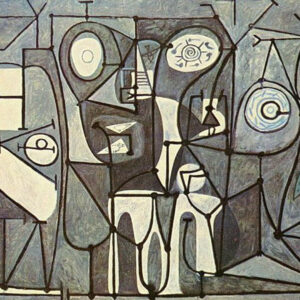 The Eclectic Light Company: “Something’s Cooking: Paintings of the Kitchen” [*]
The Eclectic Light Company: “Something’s Cooking: Paintings of the Kitchen” [*]
“Two ever-popular themes for still life paintings are flowers and food. In all but the most basic of houses, food has been prepared in a more-or-less dedicated room, the kitchen, which has been curiously far less popular as a motif for domestic scenes. Today I look at a selection of some of the most intriguing, and most representative paintings of kitchens.
The studio of Marten van Cleve demonstrated at the outset why views of the Kitchen Interior (here from about 1565) are relatively uncommon. This kitchen for a large mansion isn’t the sort of place that would welcome an artist, complete with their easel, paints and brushes. They’d get in the way of the many household servants busy preparing the next meal, and those engaged in other activities, such as the nurse at the lower right who’s feeding a baby. There’s even a man brandishing a knife in the middle of it all.
The most common reason for painting a kitchen prior to the nineteenth century was the Gospel story of Christ in the House of Martha and Mary. In 1570, Joachim Beuckelaer incorporated that with an early form of still life in A Kitchen Scene with Christ in the House of Martha and Mary in the Background, the painting representing fire in his Four Elements series. Once again, the dining room is shown through a doorway, and the whole painting has the exaggerated perspective which you might have expected from an image in a camera obscura.”
*Quotation above is taken directly from the website cited and is the property of that source. It is meant to inform the reader and to give credit where it is due.
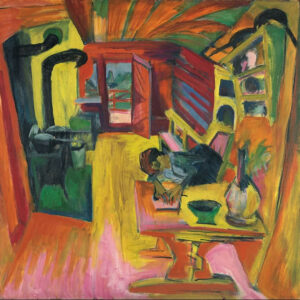 Artland Magazine: “The Art of Cooking: Artists in the Kitchen” [*]
Artland Magazine: “The Art of Cooking: Artists in the Kitchen” [*]
“Sharing a meal can be an artistic experience, from the food served to the table settings chosen, and artists throughout history have employed their creative talent both as skilful cooks and avid entertainers. Salvador Dalí, who desired to be a chef from the age of six, saw his dream become a reality with his Surrealist cookbook Les Diners de Gala, a whirlwind fever-dream of a publication. While other artists found their entertaining style more grounded in reality, Georgia O’Keeffe for instance produced a small cardboard box to hold her locally-inspired recipes. Pull up a chair to the table and explore with us how artists, in various ways, have dominated the kitchen.
Compiled by Claire Joyes, a distant relative of Claude Monet, Monet’s Table – the Cooking Journals of Claude Monet explores the role of the artist in the kitchen. Alongside the artist’s paintings and photographs of the Giverny countryside are French recipes that offer insight into what Monet would have eaten and served. Notably, the artist was always awake before dawn to paint, which meant he only hosted guests for lunch, never dinner. This book provides an intimate look into what might have been served at Monet’s lunch table.”
*Quotation above is taken directly from the website cited and is the property of that source. It is meant to inform the reader and to give credit where it is due.
Here’s a gallery celebrating kitchens throughout art history:

